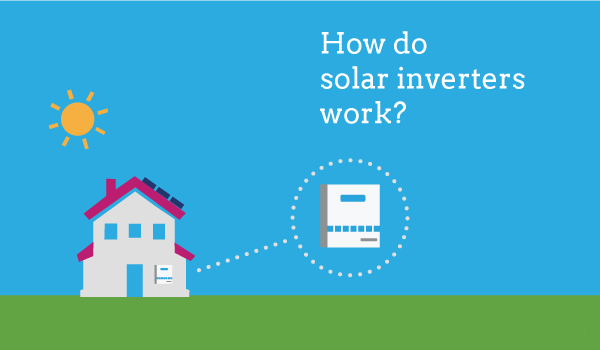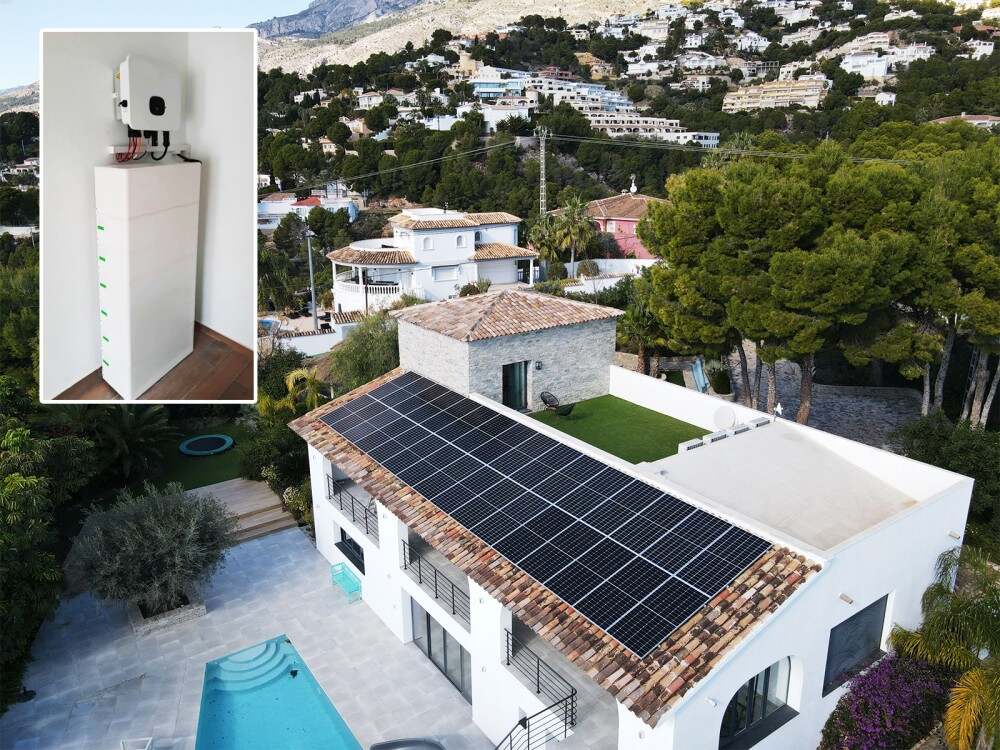

Solar energy has emerged as a promising alternative to traditional fossil fuel-based power sources. Harnessing the power of the sun, solar panels generate direct current (DC) electricity. However, most of our appliances and electrical systems run on alternating current (AC). This is where a solar inverter comes into play. In this blog, we will explore the functions and working principles of a solar inverter, shedding light on its importance in converting DC to AC power.

1. Understanding the Basics:
To comprehend the role of a solar inverter, it is essential to grasp the fundamental difference between DC and AC power. Direct current flows in a single direction, while alternating current periodically changes direction. Since solar panels produce DC electricity, an inverter is necessary to convert it into AC power, making it compatible with our electrical systems.
2. Types of Solar Inverters:
There are primarily three types of solar inverters used in residential and commercial solar installations:
a) String Inverters: This type of inverter is commonly used in traditional solar systems. It connects multiple solar panels in a series, forming a string. The DC power generated by the panels is combined and converted into AC power by the inverter.
b) Microinverters: Unlike string inverters, microinverters are installed on each individual solar panel. They convert DC power into AC power at the panel level, offering enhanced efficiency and flexibility. Microinverters also enable panel-level monitoring, allowing easy identification of any performance issues.
c) Power Optimizers: Power optimizers are similar to microinverters in that they are installed at the panel level. However, instead of converting DC power to AC power, they optimize the DC output before it reaches a central inverter. This technology maximizes energy production and improves system performance, especially in cases where shading or panel mismatch is a concern.
3. Working Principles:
Solar inverters utilize several key components and processes to convert DC electricity into usable AC power:
a) Conversion Process: The primary function of a solar inverter is to convert the variable DC voltage generated by solar panels into a stable AC voltage suitable for household appliances. This is achieved through a two-step process: conversion and synchronization.
b) Conversion: The inverter's internal circuitry converts the variable DC voltage into a fixed DC voltage. This DC voltage is then fed into an inverter bridge, which converts it into AC voltage.
c) Synchronization: The inverter synchronizes the AC voltage it produces with the grid's frequency and voltage levels. This ensures that the solar-generated electricity can be seamlessly integrated into the existing electrical system.
d) Monitoring and Safety: Many modern inverters come equipped with monitoring systems that allow users to track their solar energy production and consumption. Additionally, inverters incorporate safety features such as anti-islanding protection, which prevents the system from feeding electricity back into the grid during power outages.
Solar inverters play a crucial role in transforming the DC electricity generated by solar panels into usable AC power. They enable the integration of solar energy into our existing electrical systems, reducing our reliance on fossil fuels and contributing to a cleaner and more sustainable future. With advancements in technology, inverters continue to evolve, offering improved efficiency and performance, making solar energy an increasingly viable option for homeowners and businesses alike.
Email cannot be empty
Password cannot be empty
Email format error
Email cannot be empty
Email already exists
6-20 characters(letters plus numbers only)
The password is inconsistent
Email format error
Email cannot be empty
Email does not exist
6-20 characters(letters plus numbers only)
The password is inconsistent